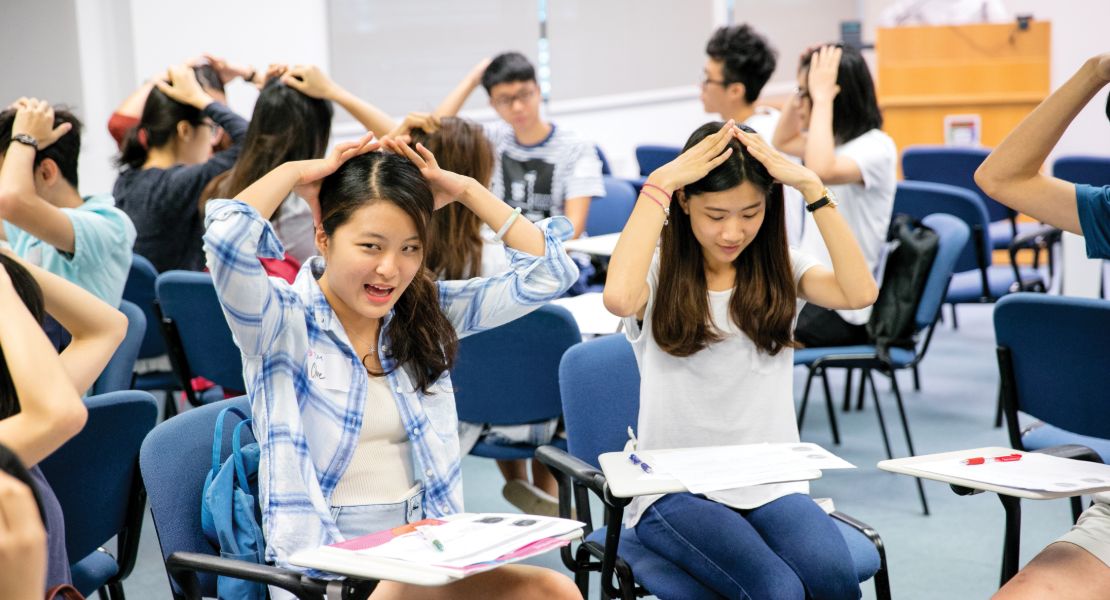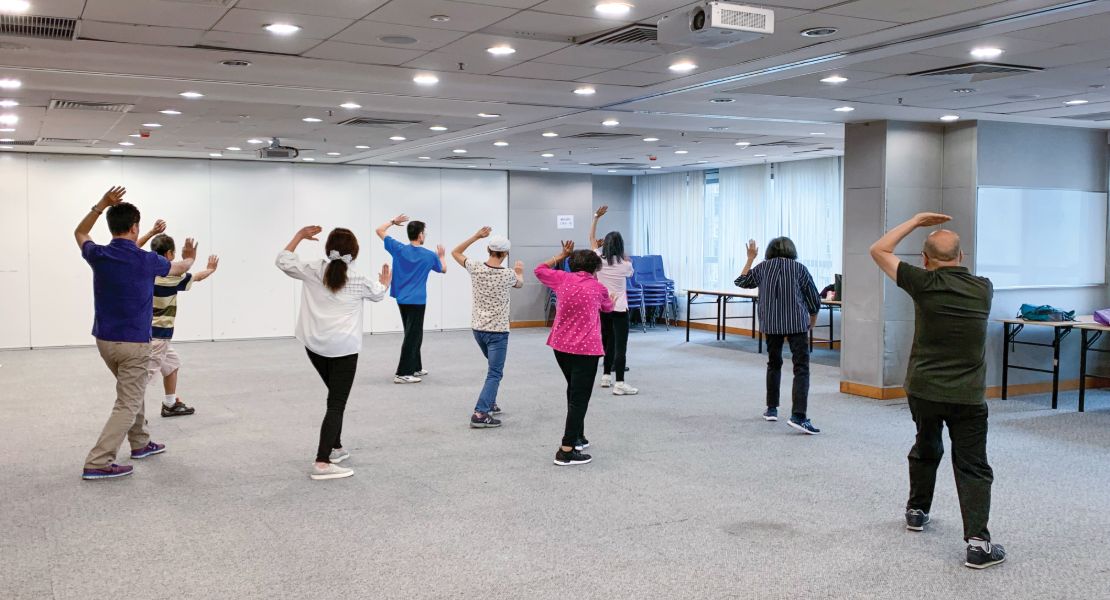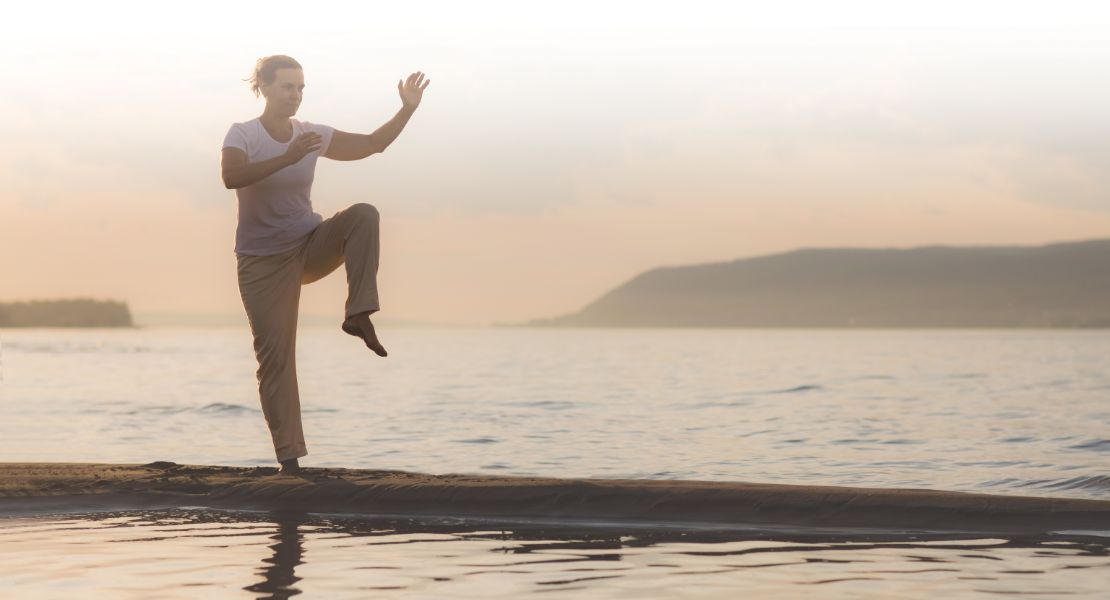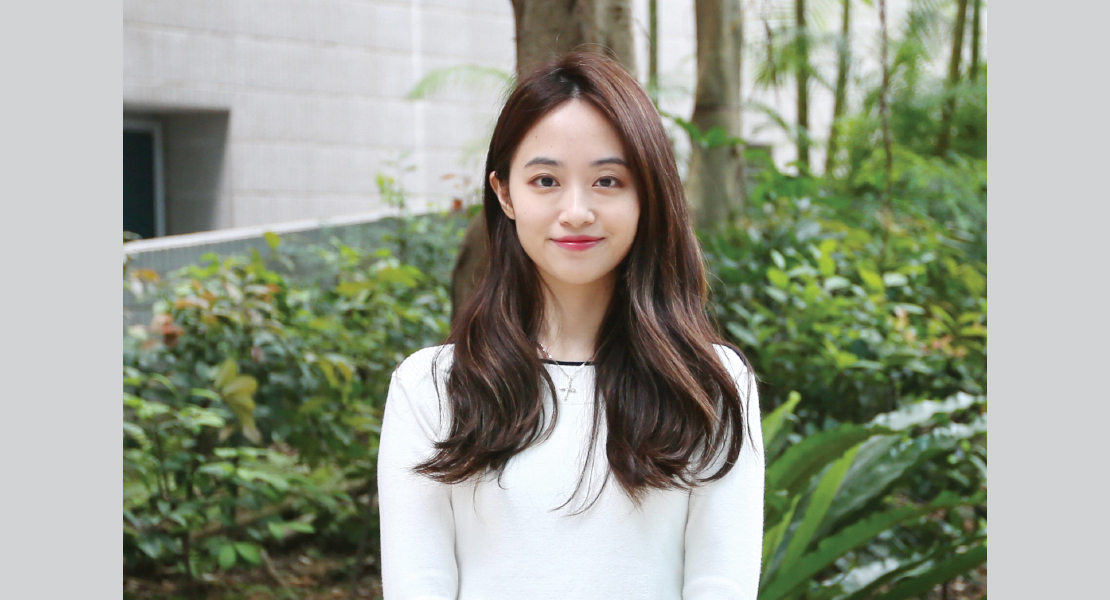Treating the Patient Alongside the Disease
Dr Denise Cheung Shuk-ting | Assistant Professor
The evidence that complementary and alternative medicine (CAM) can benefit patients’ quality of life is getting ever stronger, with Dr Denise Cheung Shuk-ting, Assistant Professor, contributing important findings about the benefits of traditional Asian forms of CAM, such as acupressure and qigong, for cancer patients, caregivers and survivors of domestic violence.
While medical treatments address the disease, CAM can improve secondary symptoms such as fatigue, poor sleep and depression and stress in caregivers.
“The majority of patients are now treated with an integrative health management approach. As an academic institution, it is important that we contribute research that can bring rigour to this field and shed new light on the benefits of CAM,” Dr Cheung said. She was lead author of four recently published studies that explore the use of traditional Asian CAM in local patients.
One study1 looked at self administered acupressure for caregivers of older family members, using a randomised control trial (RCT), the gold standard of clinical research. Caregivers often suffer from stress and stress-related symptoms such as fatigue, insomnia and depression. The study found those who received training and follow-up in self-administered acupressure experienced statistically significantly lower stress, fatigue, depression and higher health-related quality of life than a control group. “The beneficial effects are consistent with other forms of psychoeducational intervention that have been reported in previous studies,” Dr Cheung said, suggesting service providers may consider adopting this self-care approach to help alleviate caregiver stress and related symptoms, which may be relatively more cost-effective.
Another RCT2 was the first of its kind to assess the effect of the mind-body exercise qigong baduanjin on sleep disturbance among women experiencing intimate partner violence. Sleep disturbance is a major problem for these women because violence may occur in their bedroom, creating fearful associations. Participants who were trained in qigong baduanjin and did follow-up self-practice had significantly lowered sleep disturbance than the control group, which resulted from reducing depressive symptoms. “Qigong baduanjin is safe, free and can be practiced at any time,” Dr Cheung, making it easy to recommend the practice for abused women experiencing sleep disturbance.
The other two studies focused on cancer. One was a major round-up of research3 on the effects of qigong intervention on sleep disturbance-related symptom clusters in cancer patients and the possible mediating role of fatigue and depression in affecting sleep. Altogether, she looked at ten studies involving more than 800 patients and found that extensive qigong practice improved sleep and fatigue in cancer patients, and the benefit of qigong on sleep was likely based on its effect on reducing fatigue.
The fourth study4 was a pilot RCT comparing the feasibility of aerobic exercise and tai-chi interventions in advanced lung cancer (ACL) patients. This was another first-of-its-kind and found that both forms of intervention were beneficial to patients in some physical aspects, although tai-chi resulted in a larger improvement in anxiety and lung cancer-associated symptoms. Participants were also more likely to stick with tai-chi exercise three months after the intervention. The main finding, though, was support for the feasibility and acceptability of these interventions in ACL patients.
Dr Cheung said it was essential nurses have CAM-related knowledge and skills to complement nursing practice and facilitate holistic care for patient quality of life. They should also be aware that CAM practices are not free of risks and contraindications. “Nurses should stay up to date on knowledge about CAM, particularly those forms that patients may use independently,” she said.
1J Am Geriatr Soc 2020, 68(6), 1193-1201.
2J Clin Sleep Med 2021, 17(5), 993-1003.
3Sleep Med 2021, 85, 108-122.
4Integr Cancer Ther 2021, 20, 15347354211033352.








